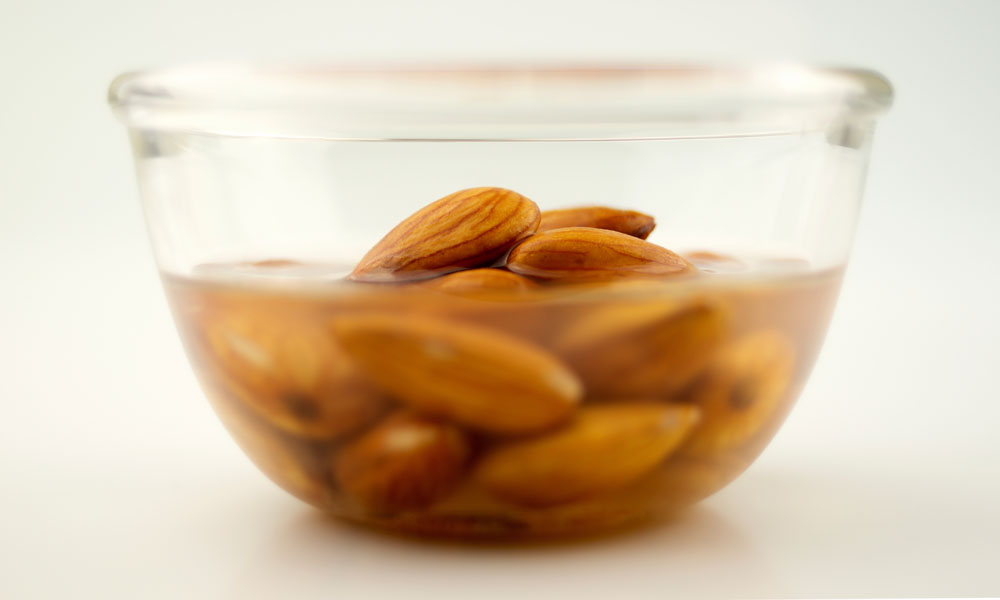
Thirsty Almonds? Agriculture Groups Defend the Nut During Drought
The backlash against California almond growers' high water consumption during a period of drought is reaching a crescendo, leading two industry trade groups to boost their messaging. They point out that almonds are far from the thirstiest crop on the farm.
In the internet age, maybe we shouldn’t be surprised that mundane things become controversial. Still, you have to wonder what almond fans think of some of the recent headlines from Mother Jones.
I can’t tell you why we became the poster child for the drought that we’ve been for the last few months.
Over the past year or so, the nonprofit news organization has written numerous pieces about how much water almond production requires. (It’s a bite-sized stat: Every almond requires more than a gallon of water.) That’s a significant problem for two reasons: Most of the world’s almonds are produced in California, and California is in the middle of a serious drought.
It’s worth noting that Mother Jones has not exactly seen a lot of love for its criticism, and some online publications, like Slate and Grist, have been quick to defend the nut. (On the other hand, The Atlantic has also jumped on the anti-almond bandwagon.) Nevertheless, the Almond Board of California and the Almond Hullers and Processors Association are both feeling the heat.
A Nutty Defense
Despite the controversy, they’re quick to defend the industry’s practices. In recent months, the groups have beefed up sustainability initiatives (see the video above), and last week, AHPA issued a news release titled “8 Facts About Almonds, Agriculture, and the Drought.”
The group highlighted a recent graphic from the Los Angeles Times that noted that almonds are far from the only thirsty legume or nut—and that they require far less water than other protein sources.
“Even if we accept the frequent claim that one almond takes one gallon of water to grow (more on that in a minute), that’s about 23 gallons per ounce,” AHPA said in the release. “Look at how that compares to other sources of protein, for example: According to the Times, an ounce of peas takes 45 gallons, an ounce of lentils takes 71 gallons, and an ounce of beef takes 106 gallons.”
AHPA added that its members are using water efficiently and that the gallon statistic doesn’t take into account that at least half of the crop, the hull, is reused as animal feed.
Meanwhile, Richard Waycoltt, CEO of the Almond Board of California, says he’s surprised by all the fuss.
“I can’t tell you why we became the poster child for the drought that we’ve been for the last few months,” Waycott told Wired. He suggested that three factors might be at play: the number of almonds grown in California, the increasing popularity of the nut, and the stickiness of the statistic.
But, he said, the focus is in the wrong place. “You’re talking about food, so really some of the criticisms of food and agriculture as being this water hog have been a little overboard,” Waycott added. “It takes humans to eat the food that we produce.”
Time to Ditch Almonds?
So does that mean that people will eat fewer almonds? The California Water Law Project’s Adam Keats recently noted that he’s been cutting back on his almond intake—and he suggests that other people do the same.
“On a personal level, I have reduced and nearly eliminated my consumption of California almonds,” Keats told CBC News on Wednesday. “Everyone consuming California almonds should recognize that right now, at the stage of the drought that we’re in, they’re consuming a disproportionate amount of a state resource—that is, California water.”
And either way, Mother Jones is still pushing the anti-almond message.
(iStock/Thinkstock)






Comments